Study Sheds New Light on Ancient Shipwreck off Cyprus
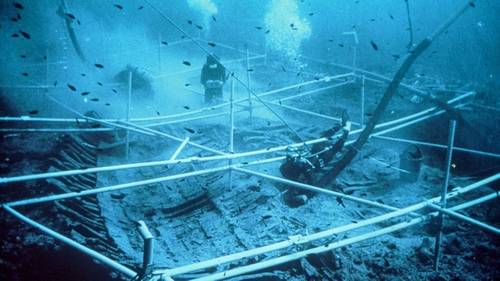
From 1967 to 1969, archaeologists excavated the Kyrenia shipwreck, which had been discovered off the north coast of Cyprus in 1965. (Photo: Kyrenia Ship Excavations)
When scientists in the 1960s excavated the wreck of an ancient Greek merchant ship off the northern coast of Cyprus, what they found was an amazing time capsule from a pivotal period in the Mediterranean world following the death of Alexander the Great.
But determining the date of the Kyrenia shipwreck with any sort of precision has proven difficult, and some previous scientific dating yielded conclusions that conflicted with the archeological evidence. Researchers have now calculated this timeline with new precision using improved techniques that they said can be applied to date other ancient shipwrecks as well.
By analyzing organic material from the wreck, including the vessel's wooden timbers, almonds from its cargo, and a gaming piece called an astragalus made from animal bone and used like dice, they concluded that the ship went down around 280 BC. That is a bit later than prior scientific dating estimates but a better match for the archeological evidence.
Sturt Manning, a Cornell University professor of classical archaeology, called the Kyrenia vessel an "iconic ship from the early Hellenistic period, central to the history of ancient maritime technology."
The ship, about 46 feet (14 meters) long, was built of wood with lead sheathing, with one mast bearing a square sail, and likely carrying a crew of four. It sank about a mile (1.6 km) off the coast. Aboard were nearly 400 amphoras - large two-handled pottery storage jars - some filled with almonds and others apparently with wine, along with heavy millstones as ballast.
"Likely it was going to or from Cyprus, and the cargo - amphora types - suggest it was trading in the Aegean and east Mediterranean area. The main cargo comprised amphora of a type associated with the island of Rhodes in the southeast Aegean," said Manning, lead author of the study published in the journal PLOS ONE.
Using various lines of evidence, the researchers determined that the ship had been constructed between about 345-313 BC and sank between about 286-272 BC.
The death in 323 BC of Alexander, who had conquered wide swathes of the Mediterranean region and beyond, led to regional scrambles for power. Cyprus became a contested area pitting successors of Alexander ruling in the Aegean region versus those in Egypt, with the latter winning control of the island.
The Kyrenia ship's remains are displayed at a museum in Cyprus.
"Ancient shipwrecks hold several unique sources of information for archaeologists to reconstruct the human past. In underwater sites like where the Kyrenia was buried, archaeological materials decay much more slowly. As a result, organic materials like wood, seeds or rope can be much better preserved than on land," said University of Georgia anthropology professor and study co-author Brita Lorentzen.
The discovery of a deepwater shipwreck off the coast of Israel, dating to roughly 1300 BC, was announced just last week.
"Ships were a critical source of transportation in the ancient world, which allowed people to move from one place to another, create social networks, and exchange trade goods and ideas. A shipwreck's contents can tell us specifically which items were being traded or exchanged, where and how people were moving around by sea, which groups of people were in contact with one another, and how they were impacted by these early social and economic networks," Lorentzen said.
This ship's timbers were embalmed decades ago using the chemical compound polyethylene glycol (PEG) to preserve the wood on land. This complicated the use of radiocarbon dating, a technique for determining an object's age based on the decay over time of a radioactive form of carbon.
"Adding PEG prevents ship timbers from drying out, shrinking and turning to dust out of the water. But it also contains petroleum, with lots of carbon from long-dead organic remains," Lorentzen said.
The researchers devised improved methods to remove PEG so radiocarbon dating could be used for the timbers. They also used radiocarbon dating on the almonds and astragalus.
Analysis of annual growth rings in trees also helps govern the dating of ancient wooden artifacts. The researchers found a discrepancy in a scientific standard used in analyzing wood from this time period to convert radiocarbon measurements into calendar dates for the northern hemisphere, and updated it.
"The work here is relevant to ancient shipwrecks generally," Manning said.
(Reuters - Reporting by Will Dunham, Editing by Rosalba O'Brien)

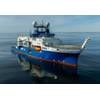
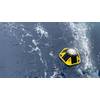
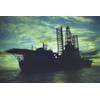

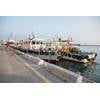
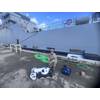





 December 2025
December 2025



